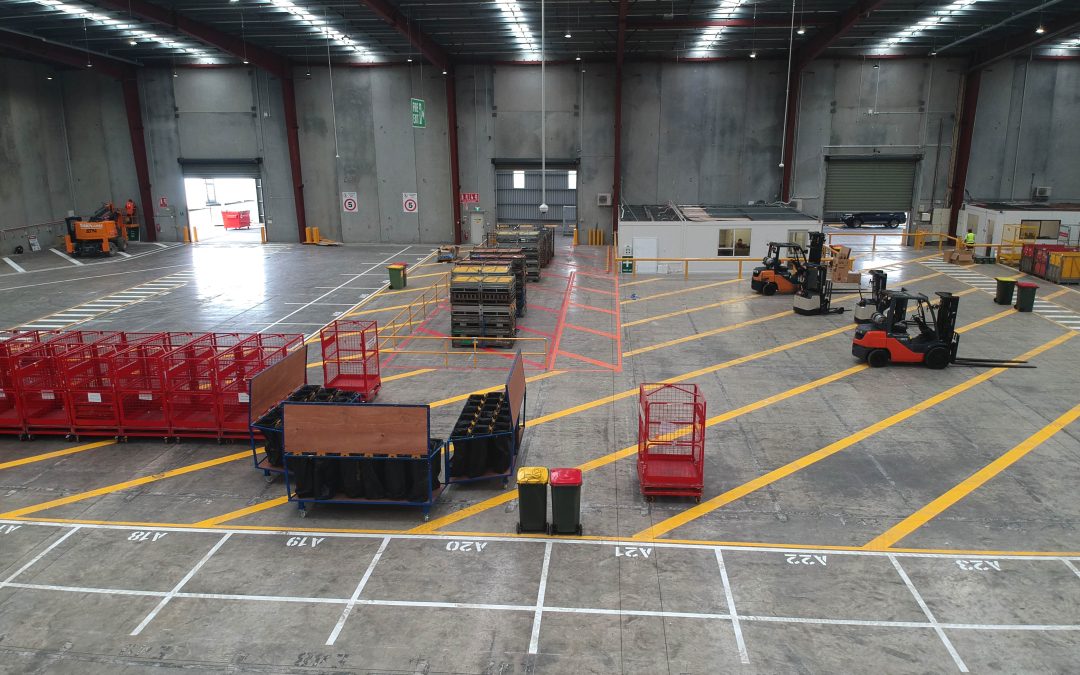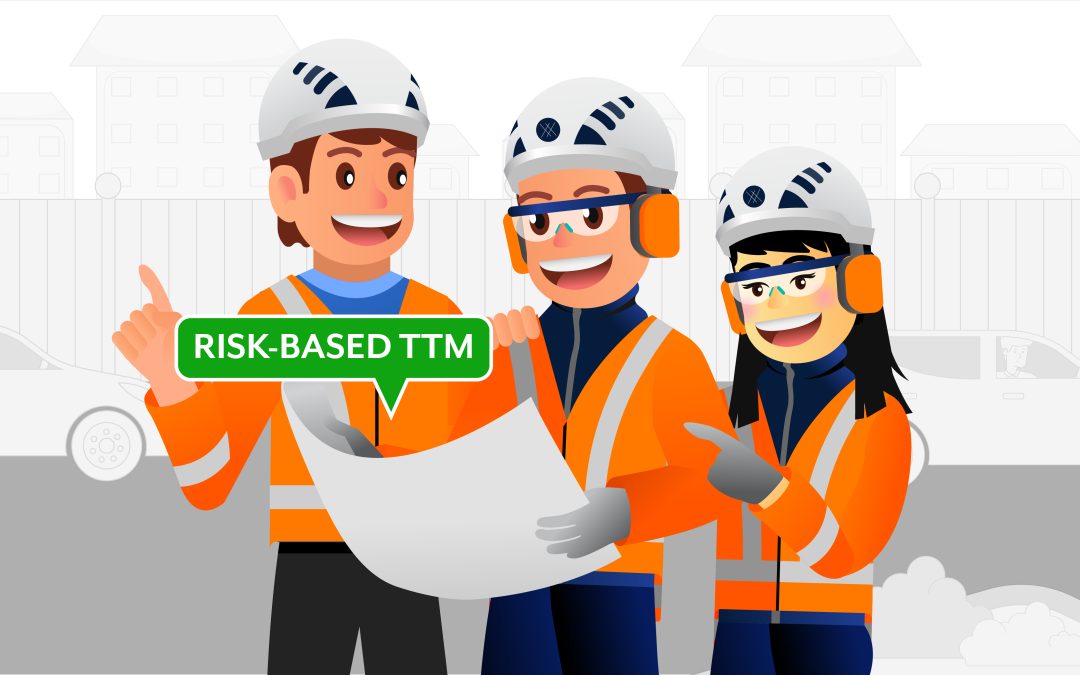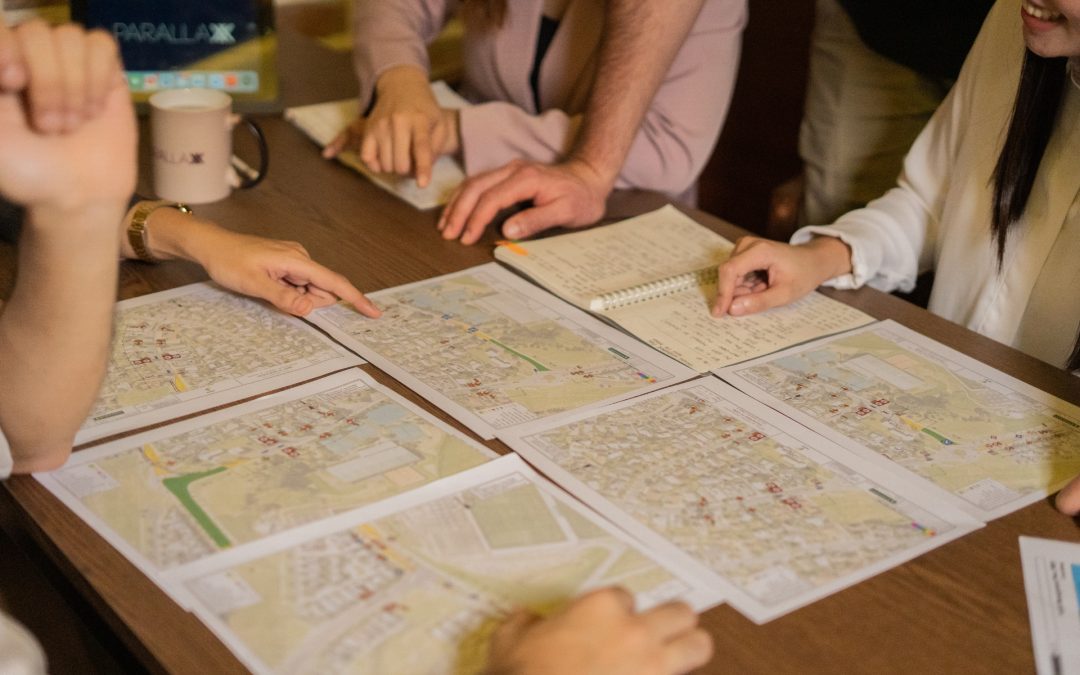History shows that near misses and minor injuries in workplaces often precede severe and catastrophic incidents, so reporting them systematically will help your safety officer and PCBU take all reasonable steps to ensure everyone goes home safe. Reporting an incident aims to analyse its potential cause, document any corrective actions undertaken, and share it with all stakeholders to prevent any further other incidents or injuries.
What is considered an incident and near-miss?
An incident is generally any event, condition or situation which causes:
– A significant risk that could harm an employee, contractor or public member,
– Disruption to an organisation.
– A mental or physical injury.
A near miss, also named a close call, is a situation where people had no injuries, but the situation could have been potentially harmful due to the risks detected. Most companies struggle to get near misses and incident reports from their employees, and this issue needs to be assessed and taken seriously. The staff should understand the purpose of it and the benefits for them and for the company to report all incidents to comply with the incident reporting procedure.
Top 3 Benefits:
- Immediate correctives actions
- Safety culture and communication
- Continuous improvement
Engage management responsibilities in ensuring a safer place for their workers and engineering, administrative or PPE controls to improve work conditions)
Communicating risks and hazards to all affected workers in the organisation help raise awareness of possible dangers.
The incident report provides a clear picture of how the organisation manages and resolves health and safety issues. If your staff are under-reporting incidents, we can help you with reviewing your reporting strategy, reporting forms and with your worker engagement.










